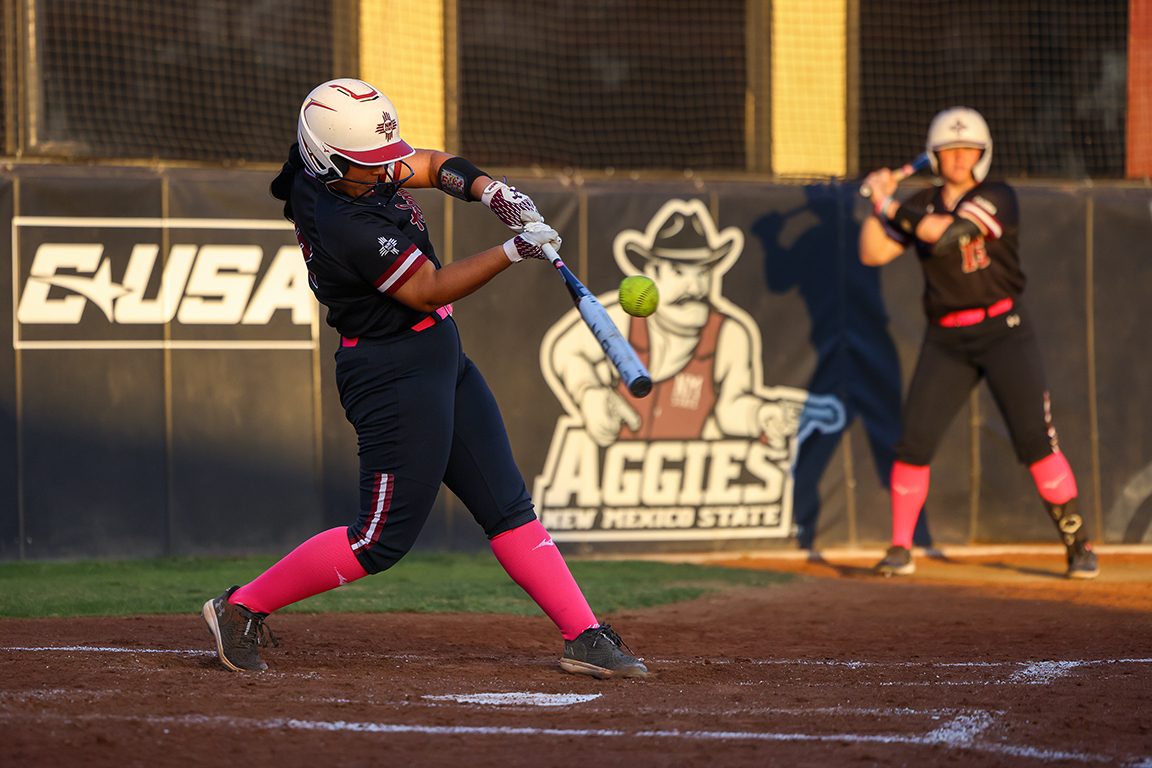By Sante Guajardo
Staff Writer

Attending college can and does put many students in considerable amounts of debt by the end of a four-year degree. On top of tuition and fees, housing, dining, and many other costs, students may also invest hundreds, possibly thousands, of dollars into buying books for classes.
The College Board, last year, put the cost of textbooks at about $1,200 a year, approximately $600 semester. Considering such costs, it’s worth investigating what goes in a professor’s textbook decisions.
The Round Up/Oncore Magazine consulted two NMSU professors to get their takes on the prices of textbooks, as well as what they themselves do to help students who have difficulty paying for them.
Kathryn Hovey is an associate professor of sociology and Jeffrey Amato is a professor of geology. Both professors said, when looking for textbooks for their classes, they look at many factors: when the text was written, the depth of the information—too hard? Too difficult? —as well as the prices of the textbooks.
“I definitely think they are too expensive,” Amato says.
Both said the prices of textbooks are the results of “greed” on the part of publishers.
“I have no data on exactly why, but the need to have flashy textbooks with lots of pictures and the greed of the publishers come to mind,” Hovey says. “New editions come out with very few real changes, and that allows for publishers to keep upping the price of books.”
Amato talked about the alternative option to buying a brand-new book: buying used books on Chegg, Amazon, and other such outlets.
“I try not to switch books too often. If I use the same book each year, it is easier for the students to find a used copy,” Amato says. “I tell them that in most cases they can use an older edition if they can’t find a new one. I also put some copies of the older editions on reserve in the library.”
Both Hovey and Amato know of a practice of students not buying textbooks altogether because of financial difficulties.
“Some students do without the books, and others have to wait until past the half way point of the semester to buy the books with their scholarship money,” Hovey says. “It negatively affects their ability to do the work required in the class.”
Many professors are aware of the considerable cost of textbooks to students, who are usually financially strained, and so many try to reduce the financial burden on students by teaching classes without textbooks, instead using PowerPoints, handouts, and other such materials.
“It works in some classes but students often want a book to hang on to,” Hovey says.
So what can be done to reduce the costs of textbooks?
“In an ideal world, college and university professors would join a union, and each discipline could produce its own books which could be distributed at cost to students across the U.S,” says Hovey.
Unfortunately, she says this is “totally unrealistic.”
So, at least for now, renting textbooks, altered teaching methods, and online textbooks will have to suffice.
“All of these options should be cheaper than buying a new copy of the latest book every semester,” Amato says.

![NMSU Dream Team Organizers [from left to right] Jovanny (he/him/el), Alberto (he/him/el), and Sarai (she/her/elle).](https://nmsuroundup.com/wp-content/uploads/2025/09/Image-1.jpeg)




